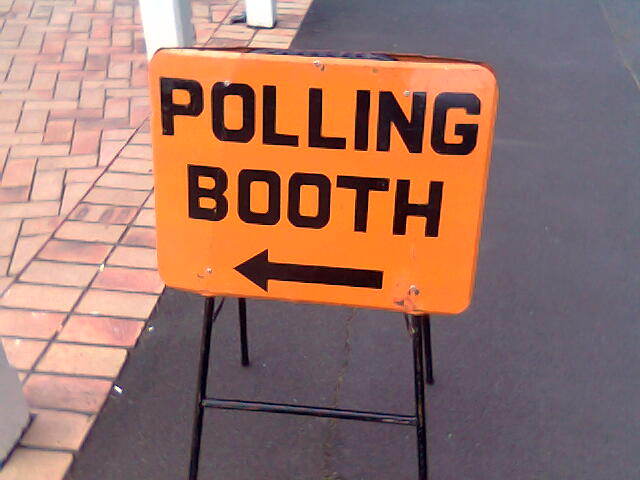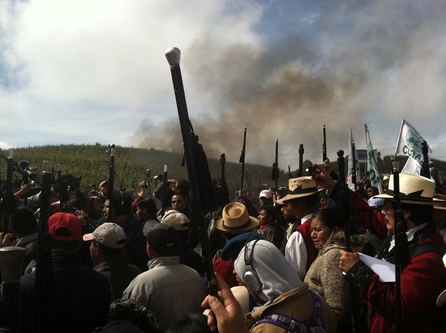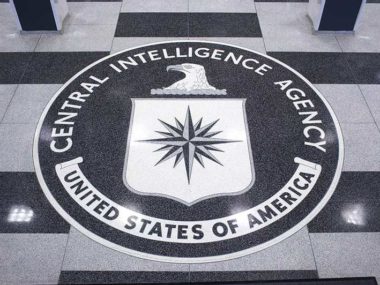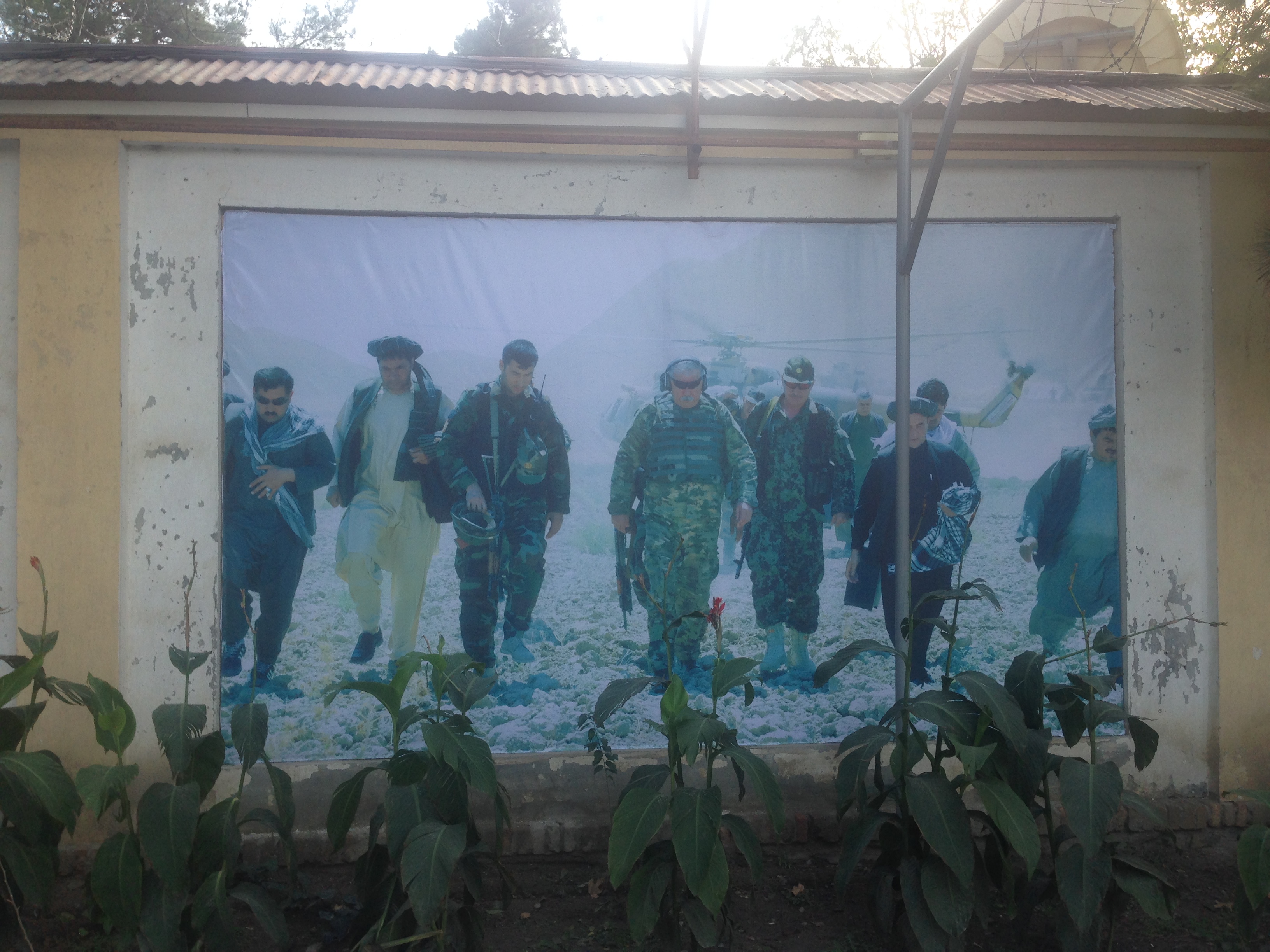By Oliver Kaplan for Denver Dialogues.
The 25th anniversary of the start of the Rwandan genocide this week has generated reflection on various aspects of the tragedy. One of these is peacekeeping. The international community and the UN failed to send adequate forces with robust operational mandates to stem the killing. While we continue to mourn the victims today, the events also hold important lessons for improving civilian protection.
The UN headquarters in New York withdrew the bulk of peacekeeping forces from Rwanda after the Prime Minister and ten Belgium peacekeepers were killed, and declined to send more forces as the violence worsened. Yet a powerful and heart-breaking documentary, Ghosts of Rwanda, shows how peacekeepers were able to devise several subtle—but effective—protection strategies. Left with a contingent of just a few hundred armed and unarmed troops, peacekeeping commanders on the ground took heroic acts to maximize their protective capabilities. The few remaining armed troops were positioned outside of soccer stadiums and deterred attacks on civilians sheltering inside. Unarmed troops spirited threatened civilians to safe areas and stood guard day and night outside of sanctuary churches. They used persuasion and dialogue to deter genocidaires from attacking the protected sites (later instances from other countries have confirmed the power of rhetoric to limit armed actor aggression).
These techniques support the larger point that even unarmed peacekeepers may be more effective than anticipated, if given a chance. Some estimates suggest that, even with a small contingent of forces, substantial protection is possible. The examples of the few safe zones in Rwanda contrast with the failures of UN peacekeepers to protect safe zones in Bosnia, which precipitated the Srebrenica massacre and other atrocities. To be sure, the cases have some key differences. But the peacekeepers who remained in Rwanda raise the question of what would have happened in Bosnia or other cases if troops had a stronger mandate to protect, more forces, or more innovative protection tactics.
The protection failures of the 1990s spurred analysis of events and generated new approaches to do better. A formal UN “Protection of Civilians” (PoC) doctrine was first promoted in the mission in Sierra Leone (UNAMSIL) in 2000. If still not uniformly effective or implemented, the doctrine has elevated the priority of protection, with stronger troop mandates to protect proactively. According to recent research, with this evolution toward “PoC,” the presence of peacekeepers has, on average, effectively protected civilians from violence. For instance, the peacekeeping intervention in East Timor has been credited with preventing mass violence there. The recent response to the crisis in the Central African Republic could hopefully be another positive case.
Additional military Mass Atrocity Response Operations (MARO) strategies have been developed for the interposition of forces to separate would-be victimizers from target populations. Other new and promising protection strategies to promote restraint among armed actors are also being researched. And civil society actors are working to prevent violence around the world through unarmed civilian peacekeeping, adopting similar tactics of interposition as those used by the peacekeepers in Rwanda.
The old excuses of lack of information about atrocities or lack of will to justify limited peacekeeping don’t hold up to scrutiny, since a lot can be done with a little. It is true that mission contexts vary and it is challenging to sustain protection over protracted conflicts. But innovative peacekeeper protection should not require the disregard of orders from headquarters, as some effective peacebuilders have had to do. Every life saved matters. This anniversary, though solemn, is also a reminder that now more than ever there are options to protect and prevent future civilian harm.






